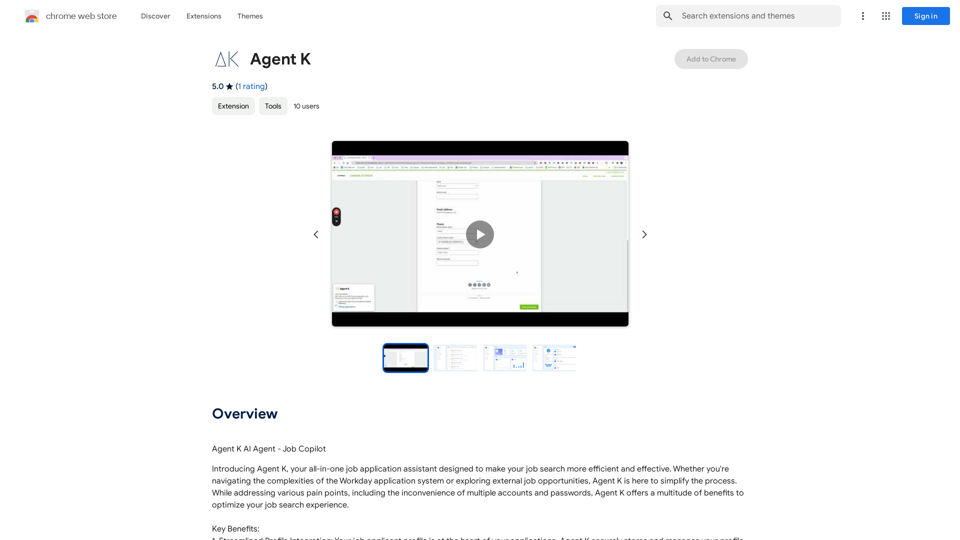AI Anime Generator is a free online tool that utilizes artificial intelligence to create anime-style images based on user descriptions. This innovative platform allows users to easily generate unique anime characters and scenes without requiring artistic skills or specialized software.
AI Anime Generator
AI Anime Generator is a free AI tool for creating anime characters and scenes. Simply input a description and allow the AI to produce your anime image.
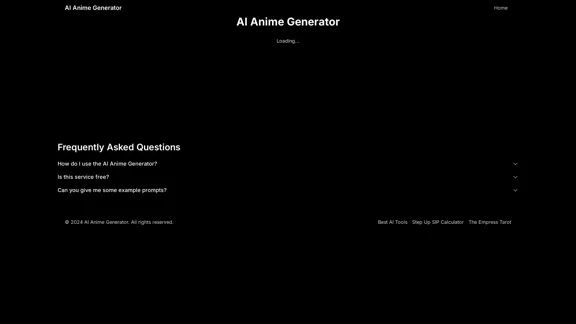
Introduction
Feature
Easy-to-Use Interface
Users can simply enter a description of their desired anime character or scene in a text box, making the image generation process accessible to everyone.
One-Click Generation
After entering the description, users only need to click the "Generate" button to start the AI-powered image creation process.
Free Service
AI Anime Generator is completely free to use, allowing anyone to explore their creativity without financial barriers.
Example Prompts
The tool provides example prompts to help users understand how to craft effective descriptions for better results.
Versatile Image Creation
Users can generate various anime-style images, including characters, scenes, and complex compositions.
Related Tools Integration
AI Anime Generator is part of a suite of related tools, including Best AI Tools and other utilities, enhancing its value within a broader ecosystem.
FAQ
Is AI Anime Generator free to use?
Yes, AI Anime Generator is a free service available to all users.
Can you provide an example prompt for better results?
Here's an example prompt: "1girl, souryuu asuka langley, neon genesis evangelion, plugsuit, pilot suit, red bodysuit, sitting, crossing legs, black eye patch, cat hat, throne, symmetrical, looking down, from bottom, looking at viewer, outdoors"
How can I improve my results with AI Anime Generator?
To improve your results, study and learn from the example prompts provided on the website. These prompts can help you understand how to structure your descriptions for more accurate and detailed image generation.
Latest Traffic Insights
Monthly Visits
0
Bounce Rate
0.00%
Pages Per Visit
0.00
Time on Site(s)
0.00
Global Rank
-
Country Rank
-
Recent Visits
Traffic Sources
- Social Media:0.00%
- Paid Referrals:0.00%
- Email:0.00%
- Referrals:0.00%
- Search Engines:0.00%
- Direct:0.00%
Related Websites
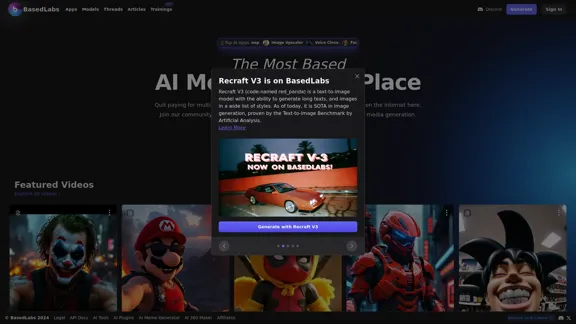
BasedLabs is your go-to source for AI video and tools. Join our community of thousands of AI enthusiasts and creators.
771.42 K
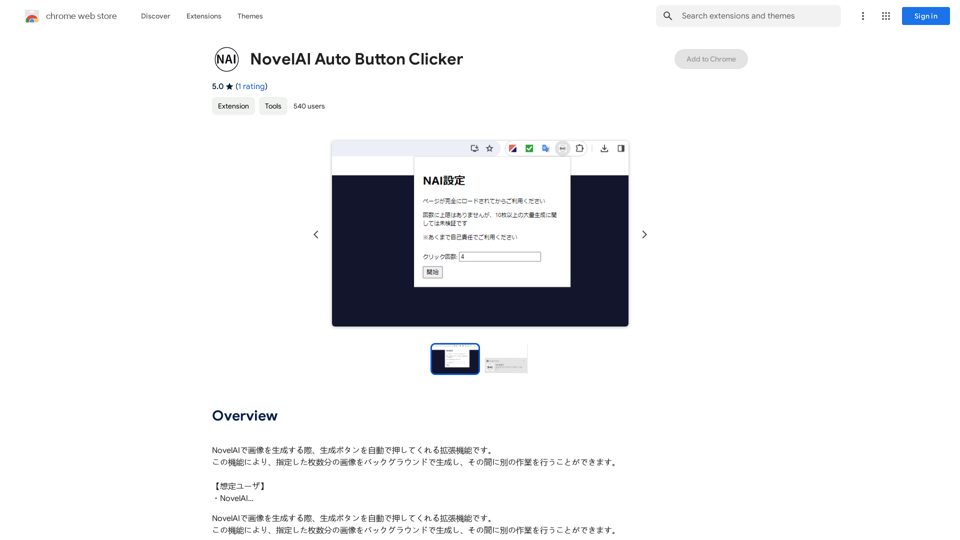
NovelAI Auto Button Clicker This is a tool designed to automate button clicks within the NovelAI web application. It can be used to: * Speed up repetitive tasks: Such as generating multiple story continuations or iterating through different story options. * Free up your time: Allow you to focus on other aspects of your writing process while the tool handles the clicking. * Improve efficiency: Reduce the amount of time and effort required to complete certain tasks in NovelAI. Disclaimer: This tool is intended for personal use only and should not be used to violate NovelAI's terms of service.
NovelAI Auto Button Clicker This is a tool designed to automate button clicks within the NovelAI web application. It can be used to: * Speed up repetitive tasks: Such as generating multiple story continuations or iterating through different story options. * Free up your time: Allow you to focus on other aspects of your writing process while the tool handles the clicking. * Improve efficiency: Reduce the amount of time and effort required to complete certain tasks in NovelAI. Disclaimer: This tool is intended for personal use only and should not be used to violate NovelAI's terms of service.This is an extension that automatically clicks the generate button when creating images in NovelAI. This feature allows you to generate a specified number of images in the background, allowing you to work on other tasks while the images are being created. 【Target Users】 ・NovelAI…
193.90 M

Discover how our AI logo maker can generate unique, professional logos quickly and affordably. With AI logo maker free online features, customizable designs, and watermark-free options, Logo Galleria offers the best solutions for startups, YouTube channels, and more.
15.21 K
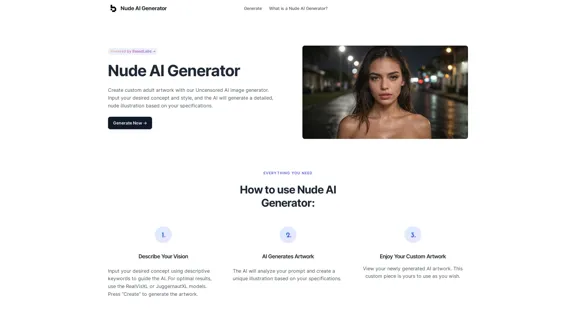
Nude AI Generator is an advanced tool designed to create custom adult artwork using artificial intelligence.
11.06 K

Create unique and professional logos effortlessly with LogoAI.ai's AI logo maker. Enjoy free online access, advanced customization, watermark-free logos, and secure design.
129.09 K
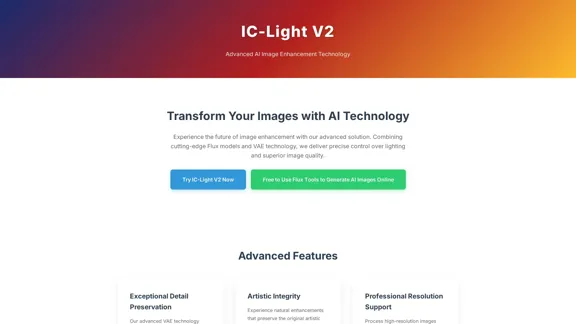
IC-Light V2: AI image enhancement tool with Flux models and VAE technology. Transform lighting and enhance image quality. Try our free demo today.
1.60 K
